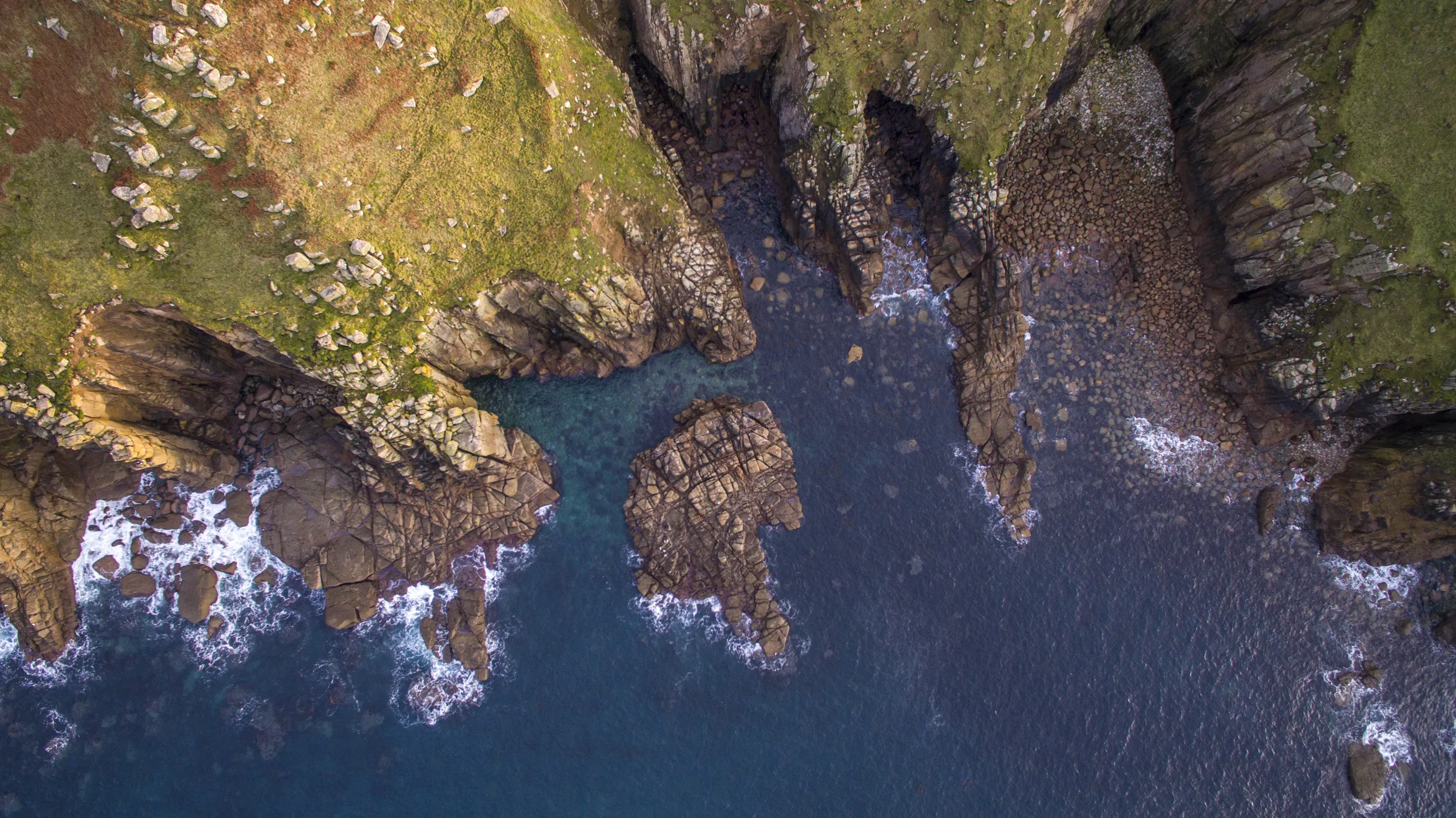News
A wild guide to wooing
This Valentine’s Day, we reveal some of the weird and wonderful ways birds find a partner.
Biodiversity is the variety of life on earth, including us. It is the amazing animals, plants and all the other lifeforms which interact and depend on each other to survive in every corner of the globe – from the driest deserts to the deepest oceans. These multi layered and complex relationships between species have evolved over millions of years, with each species learning how to adapt to each other and the environmental conditions in which they live.

The variety of natural life is vast. From microscopic lifeforms such as bacteria, to the giant whales of our oceans, the number of unique species reaches into the billions. But as Sir David Attenborough so clearly stated, “right now our natural world is under greater pressure than at any time in human history.”
Ever wondered where our medicines come from? The clean air you breathe? The fertile soil which we use to grow our food? All of it comes from the various species we share this planet with. Simply put, we wouldn’t exist without them. As much as it can seem as if we’re separate from the natural world, we rely on its diversity every day of our lives.

Without trees, plants and microalgae there would be no oxygen for us to breathe; without bees and other pollinators our crops would struggle to grow. Many of our medicines come from plants and fungi and fertile soil relies heavily on the microorganisms breaking down decaying matter.
Then there’s our mental health and wellbeing, with science proving how beneficial it can be for us to connect with nature all around us.
The variety of life on earth is staggering, with billions of unique species. Many of them remain undiscovered, and we risk losing them before we know what vital part they play in the balance of life and their potential to make our lives better.
The way many of us live our lives is disrupting the delicate balance created by nature over millions of years. Deforestation, overfishing, intensive farming methods, increased pollution and our burning of fossil fuels are just some of the ways we are destroying biodiversity both here in the UK and around the globe. While some species are able to adapt, others are really struggling, with some on the verge of extinction. The rate and scale we’re losing species is unprecedented and goes way beyond the usually slow and natural evolution of life on earth.

The UN have warned that unless we stop biodiversity loss we could face our own extinction. But it’s not too late, there is time to reverse the damage which has been done.
This is a global problem and the Convention on Biological Diversity Conference of the Parties 15 (CBD COP15) is a real opportunity for countries around the world to unite in their ambition to begin to halt the decline in biodiversity. If the proposed targets, such as 30% of the land and sea being protected by 2030, are agreed, it will be a huge step in the right direction in helping nature recover.

But you can make a difference too. By thinking with nature in mind, such as planting flowers and shrubs at home to give wildlife food and shelter, or making changes to your diet to help us transform our countryside and land use around the globe, together our actions can help nature recover.